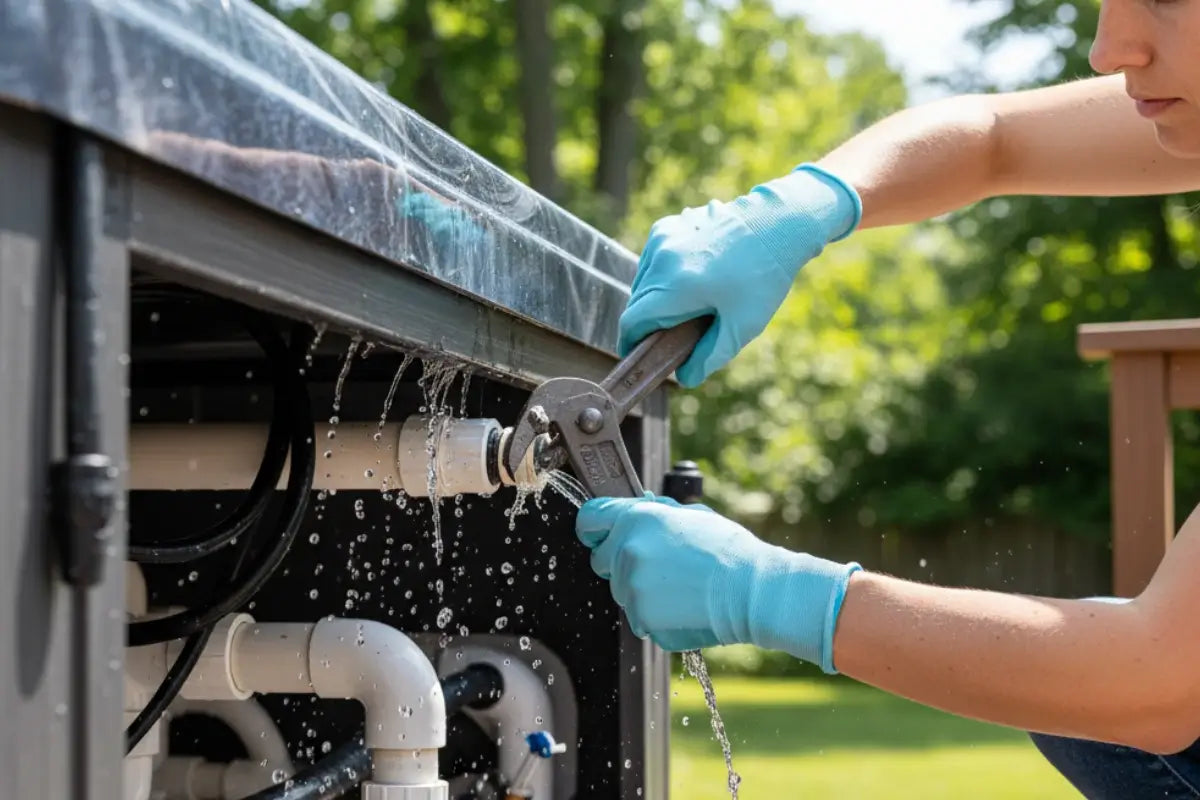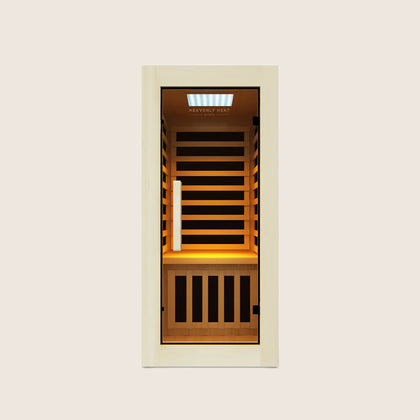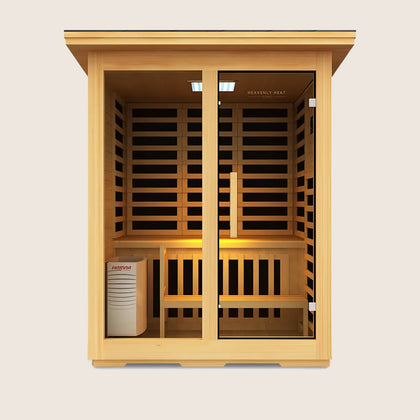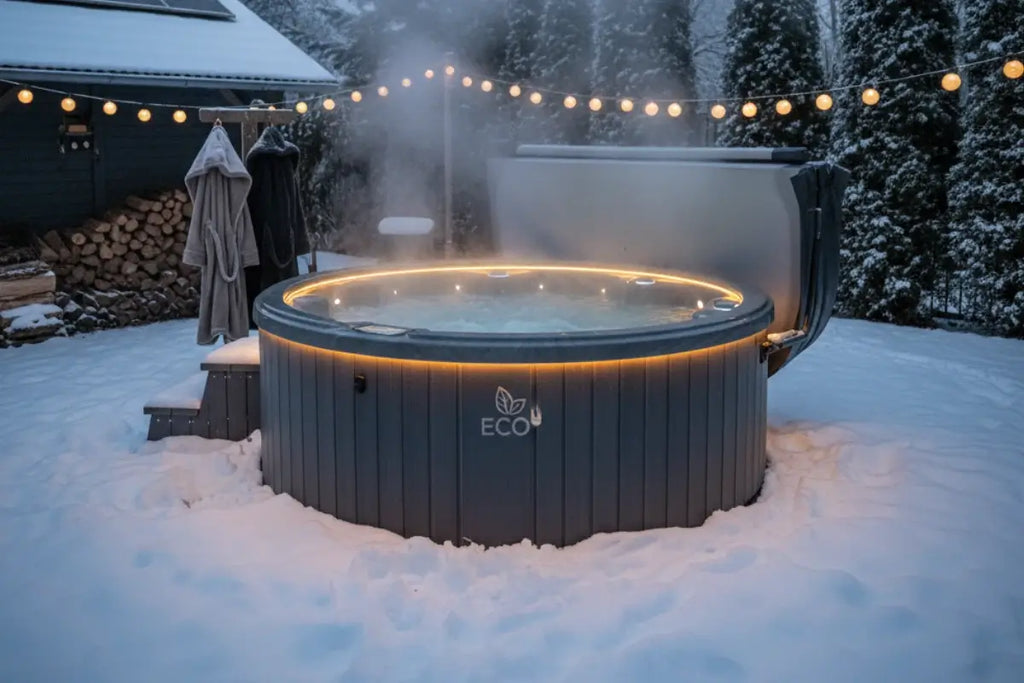10 Ways to Fix a Hot Tub Leak Quickly

A leaking hot tub can ruin your relaxing soak and waste water fast. Finding and fixing the leak quickly saves time, money, and stress.
From loose jets to cracked plumbing, small problems can turn into big headaches. This guide walks you step by step through 10 easy ways to stop leaks and keep your tub perfect.
Key Takeaways
Locate the Leak Quickly: Check pumps, jets, plumbing, and the shell to find where water is escaping.
Inspect Seals and Gaskets: Replace worn or damaged O-rings and gaskets to prevent leaks.
Maintain Water Chemistry: Keep pH, alkalinity, and sanitizer levels balanced to protect components.
Fix Connections and Cracks: Tighten fittings, reseal plumbing, and patch small shell or jet cracks.
Know When to Call a Pro: For hidden, complex, or persistent leaks, professional help saves time and money.
10 Ways to Fix a Hot Tub Leak Quickly
Find the Leak Source: Locate the exact spot where the leak is coming from.
Tighten Connections: Secure any loose fittings and connections.
Apply Sealant: Use waterproof epoxy or sealant to cover small leaks.
Leak-Sealing Treatment: Add a chemical treatment designed to seal leaks.
Patch Cracks: Repair any visible cracks in the hot tub shell.
Pump Seal Repair: Check and fix leaks around the pump seal.
Reseal Plumbing: Reseal joints and unions in the plumbing system.
Fix Jets and Lights: Address leaks near jets and lighting fixtures.
Replace Gaskets: Swap out worn gaskets and O-rings.
Call a Pro: Get professional help for difficult or persistent leaks.

Common Causes of Hot Tub Leaks
Worn Seals and Gaskets
Seals and gaskets keep your hot tub watertight by preventing leaks between pipes, pumps, and connections.
Over time, heat, chemicals, and use can wear them out. Signs of failure include puddles around pumps, low water levels, and unusual noises. Addressing issues early prevents bigger leaks.
Cracked Hot Tub Shell
Cracked hot tub shells are actually one of the less common causes of leaks. Most leaks tend to come from the hot tub’s plumbing, pumps, valves, or other components inside the cabinet rather than the acrylic shell itself.
To find a leak, you often need to remove side panels and insulation, checking plumbing unions and seals where leaks are most frequent.
Hot tub shells are usually made of durable acrylic or rotomolded plastic, with acrylic lasting 15 to 20 years or more if well cared for.
However, shells can crack over time, especially after 10 to 15 years, due to age, improper installation, or stress from temperature changes.
Harsh weather, chemical imbalances, and physical damage can also weaken the shell, making cracks more likely.
While acrylic cracks are serious, smaller ones might be repairable, but larger damage often means replacing the shell.
Overall, regular maintenance and careful use help prevent leaks and keep your hot tub in great shape.

Loose or Leaking Jets
Hot tub leaks can come from many places, but loose or faulty jets are a frequent culprit. Jets have flexible gaskets that create a seal against the tub shell, but over time, exposure to heat, water, and chemicals causes these gaskets to wear out and fail.
Because jets are under constant pressure when the tub is running, they are especially prone to cracking or leaks.
While there’s no exact industry-wide data, estimates suggest jets cause about 10% of all leak issues. Technicians often check jets first because they are a common weak spot.
The typical lifespan of jets ranges from 5 to 10 years, depending on care and quality. Other common leak sources include worn seals, loose plumbing, and poor water chemistry, which can speed up gasket deterioration.
Diagnosing leaks can be tricky since some issues are hidden behind insulating foam or caused by multiple factors, but checking the jets is always a good starting point.
Pump Connection Issues
Leaks around the pump are one of the most frequent causes of hot tub problems, often due to worn-out seals or loose fittings.
The pump’s shaft seal prevents water from reaching the motor but can wear down over time, causing leaks near the pump’s center.
Union fittings, which connect the pump to the plumbing, rely on rubber o-rings to create a tight seal.
However, constant vibrations and water pressure can loosen these fittings or degrade the o-rings, leading to leaks.
Regular use and pressure fluctuations increase stress on these parts, making leaks more likely.
Pump seals typically last around two to three years but can fail sooner if exposed to poor water chemistry, freeze damage, or vibrations.
Maintenance experts recommend frequent inspections, checking for loose unions, cracked o-rings, or water pooling under the pump, to catch problems early.
Simple steps like hand-tightening unions, replacing worn seals, and monitoring water pressure help keep your hot tub leak-free and running smoothly.
Heater Assembly Leaks
One of the most common sources of hot tub leaks is the heater assembly, specifically at the union fittings where worn-out O-rings and gaskets can fail over time.
While pumps and seals may occasionally leak, heater-related issues are more frequent, especially when water chemistry is neglected.
Low pH levels can corrode internal metal parts, while high pH can cause scale buildup, both putting stress on the heater.
Add in low alkalinity or fluctuating sanitizer levels, and you’ve got a perfect storm for damage. These imbalances can eat away at metal components or insulate the heating element, reducing efficiency and causing leaks.
Fortunately, most of these issues are preventable. By regularly checking your water’s pH, alkalinity, and sanitizer levels, you can significantly extend the life of your heater and avoid costly repairs.
Hydropool’s design makes heater access easier, but good maintenance is still your first line of defense against leaks.
Plumbing Line Damage
One of the most frequent sources of hot tub leaks is plumbing line damage, especially around plumbing unions, the connectors linking pipes to spa components.
These unions can loosen during transit or with seasonal temperature changes. While leaks directly from pipes are rare, damage often happens where pipes connect or from freeze damage in colder climates.
Most leaks actually come from worn-out seals, gaskets, or loose fittings caused by vibrations and temperature shifts over time.
The plastic pipes used (usually PVC or CPVC) are affordable and rust-resistant but can become brittle in cold weather or soften in heat, making them prone to cracks.
Excessive water pressure can also strain the plumbing, so installing a pressure regulator helps prevent damage.
To catch leaks early, regularly check fittings, maintain balanced water chemistry, and winterize your tub properly. These simple steps can extend your hot tub’s life and keep leaks at bay.
Faulty or Worn Valves
Hot tubs often leak due to worn or faulty valves, which control water flow. Signs include dripping, reduced jet strength, or frequent refilling.
Leaks typically occur around pump connections, jets, and plumbing junctions. Inspecting these areas can help identify a valve-related leak.
Identifying the Signs of a Hot Tub Leak
Unusual Water Loss: Noticeable drop in water level between uses.
Visible Drips or Puddles: Water collecting around the spa area.
Damp or Soft Ground: Wet or soft soil near the hot tub base.
Drop in Water Pressure: Jets losing power or water flow suddenly decreases.
Chemical Imbalance: Need for excessive chemicals to maintain water quality.
Physical Damage: Cracks, loose fittings, or worn-out seals visible.
Higher Energy Bills: Increased costs due to frequent refilling and heating.
How to Find and Fix the Source of a Hot Tub Leak?
To effectively locate and repair a hot tub leak, begin by turning off the power and inspecting the equipment compartment for visible moisture or damage.
Common leak sources include worn seals, gaskets, pump connections, jets, and heater unions.
Utilize methods like food coloring near jets or dye tablets to trace leaks. For minor leaks, apply a leak-sealing product such as Marlig Fix-a-Leak. Persistent or hidden leaks may require professional assistance.
FAQs
How much does it cost to repair a hot tub leak?
On average, hot tub leak repairs cost between $169 and $715 nationwide, with most people paying around $347. The price depends on the issue, whether it’s a leaking pump seal, faulty heater, or damaged jets. Professional repair experts typically charge $75 to $125 per hour, so tackling small fixes yourself can save quite a bit. The final cost is influenced by how severe the leak is, the type and quality of parts needed, and where you live, as labor rates vary by location and repair shop. Common leaks often happen at pump seals, heater assemblies, or jet gaskets, with simple leaks costing around $125–$200, while more complex leaks hidden in foam insulation can run over $1,000. Repairs needing disassembly or foam replacement can push costs higher. Overall, minor leaks are more affordable, but bigger, hidden problems take more time and money to fix.
Can a hot tub leak be fixed without draining it?
Yes, small hot tub leaks can be fixed without draining by using underwater epoxy putty, leak sealing products, or greasing valve O-rings. Larger leaks usually require draining to locate and repair issues like pump seal failures, broken pipes, or damaged gaskets.
How long does hot tub leak sealant last for the hot tub?
Hot tub leak sealants like Fix-a-Leak last 1–2 years, mainly on minor leaks such as pinholes. Longevity depends on leak type, sealant quality, tub condition, and proper application. Sealants are temporary; major leaks need professional repair or part replacement.
Can weather cause hot tub leaks?
Yes, weather can definitely contribute to hot tub leaks over time. Temperature fluctuations, especially extreme heat or cold, affect the seals and joints that keep your hot tub watertight. Hot weather causes elastomer seals, those made from rubbery materials, to expand and lose their elasticity, making them harder and less flexible. On the other hand, freezing temperatures can cause any leftover water in pipes or the shell to freeze and expand, which may lead to cracks if the tub isn’t properly winterized. Prolonged sun exposure also weakens hot tub shells, causing acrylic surfaces to crack, fade, or blister, and fiberglass shells to degrade and become brittle. Manufacturers strongly recommend using protective covers and shading your hot tub to prevent this damage. Regular maintenance and following manufacturer guidelines are the best ways to protect your hot tub from weather-related leaks and keep it running smoothly for years.






























